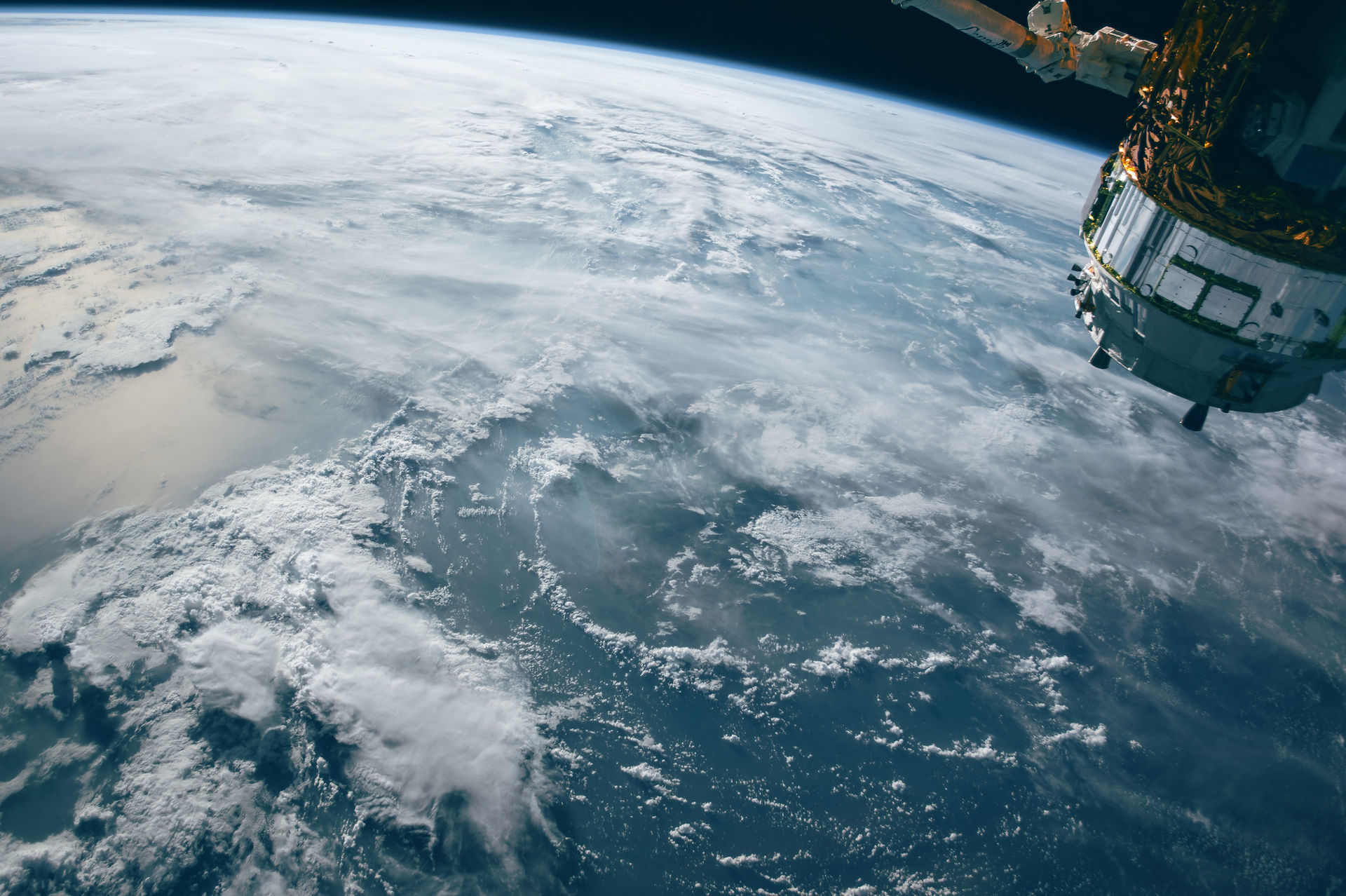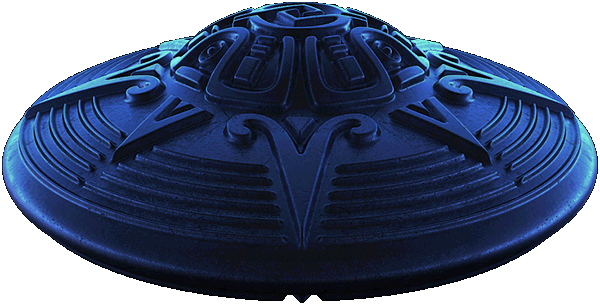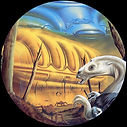


















Space Mission
Exploring the secrets of the universe for the benefit of all. NASA investigates the unknown in air and space, innovates for the benefit of humanity, and inspires the world through discovery.
Science Missions
Peering into the creation of the universe and traversing Mars
The James Webb Space Telescope is an orbiting infrared observatory that will look to the beginning of time and to hunt for the unobserved formation of the first galaxies, as well as to look inside dust clouds where stars and planetary systems are forming today.
Much closer to home, NASA has sent five robotic vehicles, called rovers, to Mars. Rovers help scientists in their quest to understand what different parts of the planet are made of.
Featured Missions


Lunar Trailblazer
Lunar Trailblazer launched on Feb. 26, 2025, on a mission to orbit Earth's Moon to detect and map water on the surface. The mission will improve our understanding of the Moon’s water and geology by determining the form, abundance, and distribution of water across the lunar surface.The mission operations team for NASA’s Lunar Trailblazer at Caltech’s IPAC is continuing efforts to re-establish communications with the small satellite. Based on telemetry before the loss of signal last week and ground-based radar data collected March 2, the team believes the spacecraft is spinning slowly in a low-power state.To accomplish its science goals, Lunar Trailblazer will collect data using two science instruments. The two instruments will be used simultaneously to collect two nested “data cubes” that provide the ability to simultaneously identify the various forms of water on the Moon, mineralogy, and temperature.

Missions
Artemis I was the first in a series of increasingly complex missions that will enable human exploration at the Moon and future missions to Mars.
Artemis
Around the Moon with NASA’s First Launch of SLS with Orion
Artemis I was the first integrated flight test of NASA’s Deep Space Exploration Systems: the Orion spacecraft, Space Launch System (SLS) rocket, with the upgraded Exploration Ground Systems at Kennedy Space Center in Cape Canaveral, Florida.NASA’s Orion spacecraft splashed down in the Pacific Ocean, west of Baja California, at 9:40 a.m. PST Sunday after a record-breaking mission, traveling more than 1.4 million miles on a path around the Moon and returning safely to Earth, completing the Artemis I flight test.Splashdown is the final milestone of the Artemis I mission that began with a successful liftoff of NASA’s Space Launch System (SLS) rocket Nov. 16, from Launch Pad 39B at NASA’s Kennedy Space Center in Florida. Over the course of 25.5 days, NASA tested Orion in the harsh environment of deep space before flying astronauts on Artemis II.

Commercial Crew
NASA’s Commercial Crew Program is delivering on its goal of safe, reliable, and cost-effective human transportation to and from the International Space Station.
NASA’s SpaceX Crew-9
The tenth flight of the Dragon spacecraft with people as part of NASA's Commercial Crew Program launched Sept. 28, 2024, for a five-month science mission aboard the International Space Station.
International Space Station
The International Space Station Program brings together international flight crews, multiple launch vehicles, the international scientific research community and much more.
The station was designed between 1984 and 1993. Elements of the station were in construction throughout the US, Canada, Japan, and Europe beginning in the late 1980s.
The International Space Station Program brings together international flight crews, multiple launch vehicles, globally distributed launch and flight operations, training, engineering, and development facilities, communications networks, and the international scientific research community.


Space Exploration Missions
NASA, the world's space agencies, and other groups explore our solar system and beyond with space missions. Our guides teach you why these missions matter and how to get involved. For weekly space news and tools to advance space science and exploration.
In Progress
-
India’s Aditya-L1, launched in September 2023, is the country's first solar mission.
-
Launched in 2020, the ESA-led Solar Orbiter mission is imaging the Sun and huge swaths of its corona up close for the first time.
-
Launched in 2018, NASA's Parker Solar Probe is studying the Sun’s atmosphere by being in it, the closest any spacecraft has ever ventured.
-
Since 2010, NASA’s Solar Dynamics Observatory (SDO) has been comprehensively mapping the Sun’s active regions to understand how solar flares develop and erupt.
-
Since 2006, NASA's STEREO-A spacecraft has been providing us insights on solar eruptions.
-
The ESA-NASA SOHO spacecraft has been observing the Sun since 1995, particularly using its coronagraph to block sunlight in order to better see the corona and track solar eruptions.
-
Japan's Akatsuki studies the planet's dynamic atmosphere.
-
India aims to launch a Venus orbiter called Shukrayaan in December 2024 equipped with its own and international instruments to map the surface.
-
Rocket Lab and MIT plan to launch the Venus Life Finder as soon as January 2025 on a mission to scan for organic molecules in Venus' clouds.
-
NASA's DAVINCI, launching no earlier than 2029, will explore Venus' atmosphere and mysterious geological features.
-
NASA's VERITAS, launching no earlier than 2031, will map out Venus' topography. The Planetary Society is working to change the launch date to 2029.
-
ESA's EnVision will launch no earlier than 2031 to investigate the atmosphere and overall structure.
-
China's Tiangong space station hosts the country's astronauts in low-Earth orbit. Its first module launched in 2021.
-
The International Space Station prepares astronauts for deep space missions. Its first module launched in 1998.Coming Soon
-
NASA's ACS3 is a solar sail spacecraft scheduled to launch into Earth orbit in the first half of 2024.
-
China's Chang'e-6 mission launched on May 3, 2024 to return samples from the far side of the Moon.
-
China's Queqiao-2 lunar communications relay satellite launched on March 19, 2024. Also riding to lunar orbit were Tiandu-1 and Tiandu-2, a pair of experimental lunar communications satellites.
-
Danuri, also known as the Korean Pathfinder Lunar Orbiter, is South Korea's first Moon mission. It launched in August 2022.
-
NASA's CAPSTONE spacecraft launched in July 2022 to explore the fuel-saving lunar orbit that the Gateway space station will use later this decade.
-
China's Chang'e-5 returned lunar samples to Earth in 2020, and is on an extended mission testing an advanced lunar orbit.
-
India's Chandrayaan-2 orbiter maps the Moon's topography, studies its composition, and scans for water ice.
-
China's Chang'e-4 performed the first landing on the Moon's far side in 2018, where it's still studying an ancient region.
-
NASA's Lunar Reconnaissance Orbiter has been studying the Moon since 2009 with its comprehensive suite of mapping instruments.
-
NASA's Lunar Trailblazer orbiter, scheduled to launch in 2024, will advanced our understanding of water across the Moon for exploration and science.
-
NASA's Artemis program will return humans to the Moon. The first crewed flight, Artemis II, is scheduled to launch in 2026.
-
Israel's Beresheet2 is a privately funded mission scheduled to launch an orbiter and two small landers to the Moon in 2025.
-
NASA's Perseverance rover landed in February of 2021 and is searching for past life and collecting samples for return to Earth.
-
China's Tianwen-1 is an orbiter and rover mission that arrived in February 2021 to study the planet.
-
The United Arab Emirates' Hope orbiter arrived in February 2021 and is studying the Martian atmosphere.
-
ESA's ExoMars Trace Gas Orbiter searches for atmospheric gases linked to life as we know it.
-
NASA's MAVEN orbiter studies what happened to Mars' atmosphere.
-
NASA's Curiosity rover explores an ancient lake bed that once had conditions that could have supported life.
-
NASA's Mars Reconnaissance Orbiter studies the planet with a high-powered camera and relays communications between the surface and Earth.
-
ESA's Mars Express surveys the planet and searches for subsurface water.
-
NASA's long-lived Odyssey monitors surface changes.
